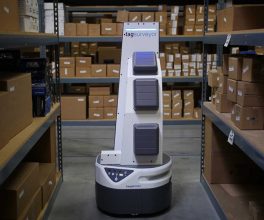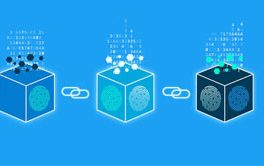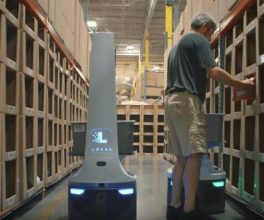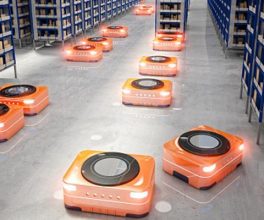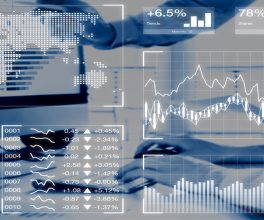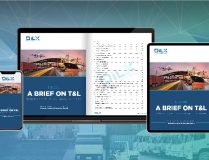In order to maintain its number one market position, the manufacturer wants to explore other potential sources of efficiency and cost-savings.
Editor’s Note: Every year, 40 or so students in the MIT Center for Transportation & Logistics’ (MIT CTL) Master of Supply Chain Management (SCM) program complete one-year research projects. The students are early-career business professionals from multiple countries with 2 to 10 years of experience in the industry. Most of the research projects are chosen, sponsored by, and carried out in collaboration with multinational corporations. Joint teams that include MIT SCM students and MIT CTL faculty work on the real-world problems. In this series, we summarize a selection of the latest SCM research.
Consumer packaged goods (CPG) companies use robust algorithms to interpret patterns from historical sales and predict future demand. Typically, these algorithms only have one or two sources of information (data sets) to derive the forecast for the next period.
As the field of business forecasting develops, technological improvements allow companies to experiment with more advanced models. One such model being explored by a leading manufacturer of healthcare products is Demand Sensing. This approach has been around for more than a decade, but is steadily gaining interest.
The enterprise is already a leader in accurate forecasting. Its current forecasting system produces very little error; in 2016, the organization achieved a mean absolute percent error of less than 20%. However, in order to maintain its number one market position, the manufacturer wants to explore other potential sources of efficiency and cost-savings.
It sponsored a capstone research project to help determine if Demand Sensing is a workable option. The project included academic research, interviews with area managers, and an on-site survey at the firm.
Three components of Demand Sensing
A full implementation of Demand Sensing across a major business division is no small feat. The model calls for three approaches, which can be implemented separately or concurrently. The three approaches are:
- Latency Reduction (LR). This is the concept of reducing the cycle time between forecasts. Historically, most companies used cycle times of a month (or longer). To achieve Demand Sensing, it is necessary to model demand more frequently—weekly, or even daily—depending on how readily the organization can respond to new information.
- Downstream Data Integration (DDI). DDI includes downstream supply chain information in a demand model. Traditionally, companies predict their demand by analyzing past sales and forecasting into the future. To achieve Demand Sensing, this approach aggregates and analyzes point-of-sale data from different regions, markets, brands and distribution channels to better understand consumer behavior.
- Measuring the Impact of Demand Shaping Actions (DSA). DSA involves both recording and determining the impact of so-called demand shaping events. These events could be in the form of new product launches, price changes, promotions, and forward-buy arrangements. This approach creates an additional source of data from which new insights can be gained.
Analysis and application
The SCM team spent a year mapping the manufacturer’s forecasting process to help determine if Demand Sensing was a worthwhile ambition to pursue. The results were organized around the three Demand Sensing approaches since each idea is so different.
LR is potentially the simplest of the three, and the team recommended that the enterprise focus on this approach first, before devoting more resources to the other two. If a pilot program is successful, then it is sensible for the organization to move on to the more complicated approaches. The researchers envision a more accurate forecasting system that occurs more frequently throughout the year. Where the current system takes a month, the proposed cycle time could occur over just two weeks.
DDI and DSA represent similar strategies. Both approaches incorporate new sources of information into the forecasting model. The idea here is that these new data sets allow the statistical model to identify more patterns in historical data, and to ultimately reduce the forecast error.
One interesting insight from the research is that Demand Sensing has mixed results for different companies. The main discriminator is the quality of the additional data sets. The manufacturer may soon join the many other companies that have started incorporating Demand Sensing into their forecasting strategy.
The SCM research project Improving Forecast Accuracy Through Demand Sensing was authored by Evan Humphrey, Federico Laiño, and supervised by Dr. Inma Borrella, Postdoctoral Associate, MIT Center for Transportation & Logistics, For more information on the research please contact Inma Borrella at: inma@mit.edu.
Author – Evan Humphrey and Federico Laiño
Courtesy of https://www.scmr.com/article/improving_forecast_accuracy_through_demand_sensing







